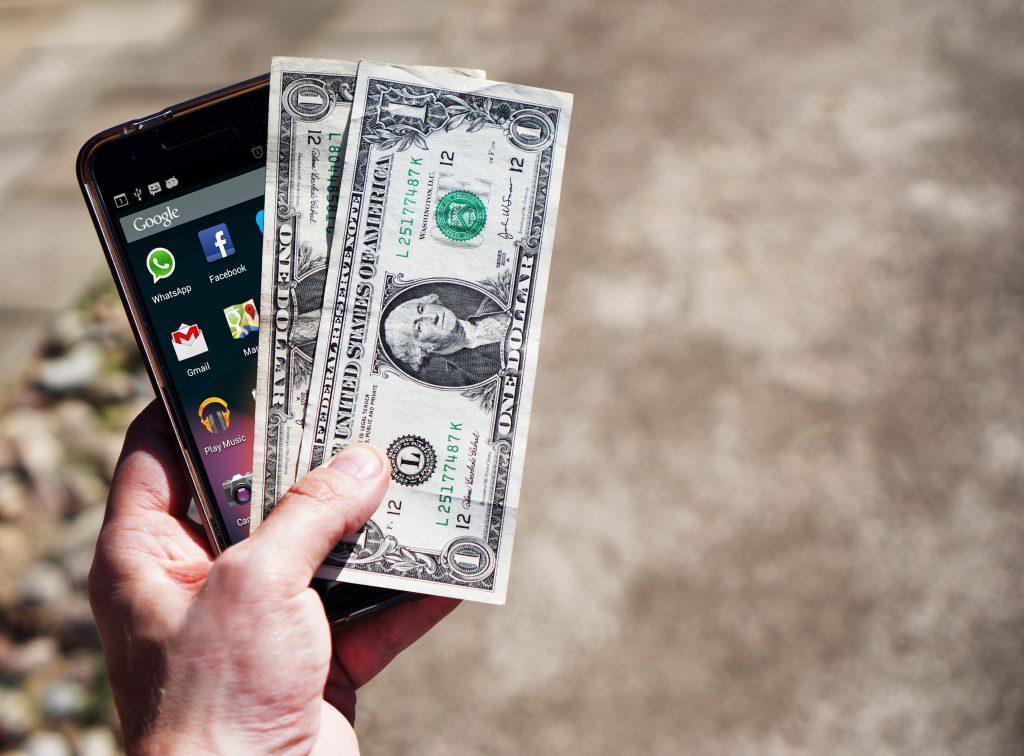Shoppers increasingly rely on their smart devices. They use their phones to research products, read customers reviews, and compare prices between locations. In the near future, they will do the same to make payments at cash registers. Mobile payments aren’t a new idea. They have been a source of discussion and concern in the retail industry for years. But the adoption rate has been slow.
Western countries have seen the first surges in digital wallet and mobile payment usage. However, China and other Asian countries are in the middle of a mobile payments boom. The Chinese market has already eclipsed $5 trillion. This is driven primarily by a lack of accessible debit cards—and concerns about carrying large amounts of cash.
Western Adoption of Mobile Wallets and Proximity Payments
The west’s digital wallet revolution will likely be slower (debit and credit cards remain widely used). Today, only 27 percent of all consumers—and less than half of all smartphone users—are interested in the technology. That number will climb, and quickly, as more consumers become familiar with the technology’s benefits.
Many shops already accept mobile payments. Amazon’s cashier-less Amazon Go stores are already being met with rave reviews; the experiment has provided interesting insights for retailers. By 2021, a report from Forrester estimates that mobile payments will triple in the U.S., reaching $282 billion.
So, how do you prepare for the upcoming boom in digital wallet use? Luckily, a few simple steps exist to help:
Update Point-of-Sale Systems to Accept Mobile Payments
Many POS developers have already rolled out their first updates with mobile payment integration. While there may not be a high demand for the technology now, getting things in place early will give you head start later. Retailers should communicate with their POS system providers. If you can’t currently integrate mobile payment technology, develop a roadmap as soon as possible.
Understand the Mobile Payment Market
Many companies have expressed an interest in entering the mobile payments market. And they come from a variety of industries, from smartphone manufacturers to banking institutions.
Apple device users can use Apple Pay for iPhones, iPads, and Apple Watches. Android Pay is available to Android users.
Both systems allow the user to enter their credit card information into their app. Shoppers simply hold their phone up to the wireless near-field communication (NFC) terminal to complete their payment instantly. PayPal and Square have their own app-based solutions. Banks are quickly rolling out their own mobile payment tech.
It remains to be seen which option will rise to the top. There remains a chance that different mobile payment options could split the market as it grows. Either way, in accepting mobile payments as a retail store, be sure to have a lay of the land; keep an eye on developments as the market matures.
Convenience Leads the Way
Several big-box retailers have already cranked up the convenience factor for shoppers. Digital wallets take that convenience a step further; making payments takes just a wave of a phone. Forward-thinking retailers should take cues from China. This means embracing mobile tech early, and positioning themselves for its growth.






